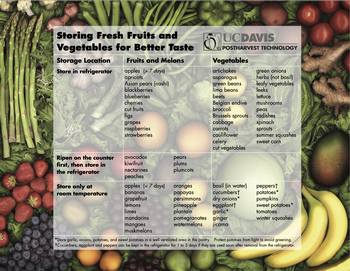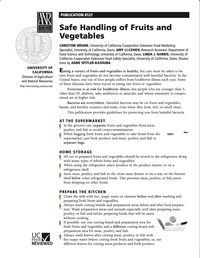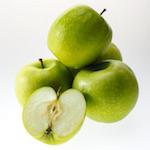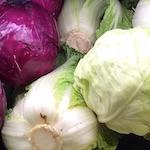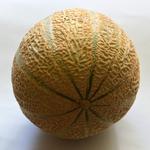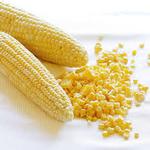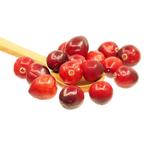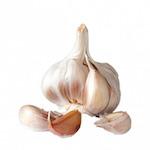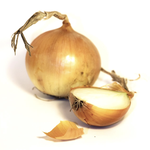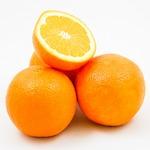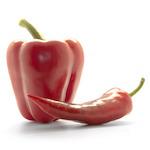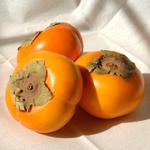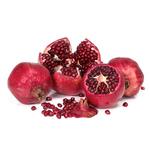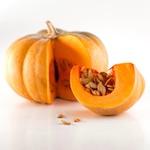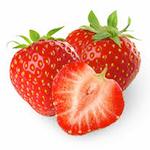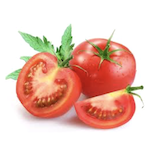Food
The UC Master Food Preserver Mission Statement is "To teach research-based practices of safe home food preservation to the residents of California."
This website is devoted to sharing information about food safety and safe ways to preserve food at home. It provides links to many of the other related resources available to you. If you cannot find what you're looking for on this website, use our MFPOC Helpline to contact the UCCE Master Food Preservers of Orange County.
Learn about Storing Fruits & Vegetables for Better Taste from UC Davis Post Harvest Technology publication 21590, available in English (pictured) and in Spanish.
Other local (Orange County, CA) UC extension services can provide gardening information. Visit websites for the Master Gardeners and the South Coast Research & Extension Center.
Why Preserve Food?
Food spoilage is the process of food becoming unsafe or unacceptable for human consumption. Spoilage is normally caused by the growth of microorganisms in foods. Other losses in quality are caused by natural activities in fresh food tissues, for example, the excessive softening in overripe fruit caused by fruit enzymes. Spoilage and quality losses are partially or completely controlled in properly preserved foods. Food preservation is the maintenance of safe and nutritious food for an extended period of time. Examples of preserved foods include properly packaged refrigerated, frozen, canned, and dried products.
Objectives of food preservation
• The primary objective of food preservation is to prevent food spoilage until it can be consumed. Gardens often produce too much food at one time—more than can be eaten before spoilage sets in.
• Preserving food also offers the opportunity to have a wide variety of foods year-round.
• It’s economic. The motivation for preserving fresh foods, whether from the garden, farm, or market, often includes saving money as well as satisfying personal preferences. There are many variables, however, that affect the cost of home-preserved foods. The true costs include total supplies, equipment, fresh food, human energy, and fuel energy to process and store food.
Food Safety begins with following Food Handling Guidelines everyday.
See UCANR publication 8121 for tips specific to the Safe Handling of Fruits and Vegetables. Print a handy trifold version in English or Spanish.
Some Seasonal Foods
Click on an image to read more about the pictured item, including safe methods to use and preserve at home.
These pages introduce a smattering of excellent resources available on the internet. See our Home Food Preservation Resources page for more, and/or search the web for other cooperative extension sites that offer research-based information on the foods you want to preserve.
Several items rely on a single comprehensive UCANR peer-reviewed publication. See the entire UCANR Catalog of Canning and Food Preservation publications.
NOTE: Research on food preservation is ongoing - recommendations may change. Make sure your preservation information is always current. Always follow up-to-date, tested guidelines and recipes from reliable sources.

